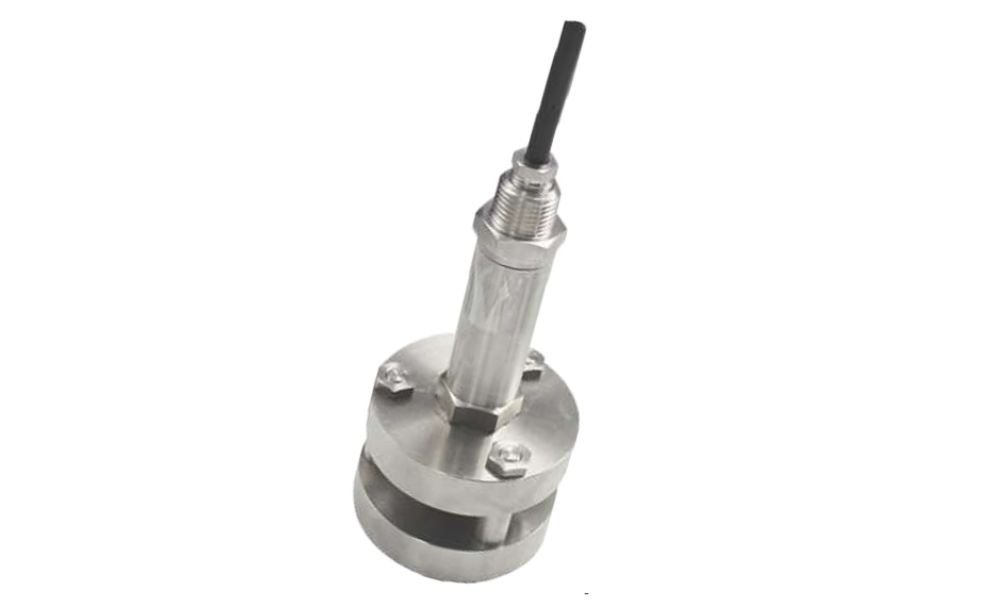Key Things to Know About Submersible Pressure Transducers

A standard pressure transducer is a device that converts pressure into an analog electrical signal. While various types of pressure sensors are designed for specialized applications, few match the capabilities of hydrostatic line sensors, also known as submersible pressure transducers. Read on to discover the three key things to know about submersible pressure transducers.
Built for Extreme Environments
Submersible pressure transducers exhibit impressive resistance to harsh environmental conditions, making them ideal for underwater monitoring processes. The design of these devices incorporates features that ensure they effectively resist moisture and corrosion. This resistance is not merely a bonus but a fundamental requirement, as these transducers often operate in environments where exposure to water and various corrosive substances is inevitable.
However, the capabilities of submersible pressure transducers extend beyond mere water and corrosion resistance. These sensors are also engineered to withstand extreme pressures and temperatures. They maintain their functionality and deliver accurate readings whether deployed deep under the sea or in other high-pressure environments. This ability to perform under such conditions underscores the robustness of these devices, marking them as essential tools in many industrial applications.
Submersible Pressure Transducer Applications
As mentioned above, these pressure sensors are ideal for underwater applications, such as tank level monitoring in refineries or simple residential water features. Submersible pressure transducers are often installed at the bottom of tanks to measure the pressure exerted by the liquid above. The data collected from this process is then used to calculate the exact level of the liquid in the tank. This information is essential for various industries, including petroleum, chemical, and water treatment, where precise level measurement is critical for operational efficiency and safety. Meanwhile, in oceanography, these devices are deployed deep into the ocean to study tides, current patterns, and sea level changes, providing valuable data for climate studies and weather predictions.
Understanding Hydrostatic Pressure
When a person or object is submerged underwater, they experience a unique form of pressure known as hydrostatic pressure. The weight of the water above exerts this pressure and acts equally in all directions. Even at minor depths, this pressure is noticeable and increases as one goes deeper underwater. For instance, just a few feet below the water’s surface, one can feel the pressure on their eardrums–this is due to the water pressure acting on the body.
The pressure increases significantly as one descends further. At major depths, such as those encountered in deep-sea oceanography monitoring, the pressure can become extremely high. This intense pressure can have various effects, including compressing air spaces in objects or bodies, and it can pose significant challenges for both humans and equipment designed to operate at these depths.
Submersible pressure transducers are remarkable devices that enable us to understand and monitor the underwater world in key ways that would otherwise be impossible. Their ability to withstand extreme environments, coupled with their diverse applications in various industries, underscores their importance in today’s world. Shop high-quality submersible pressure transducers for your applications at Transducers Direct!



Leave A Comment